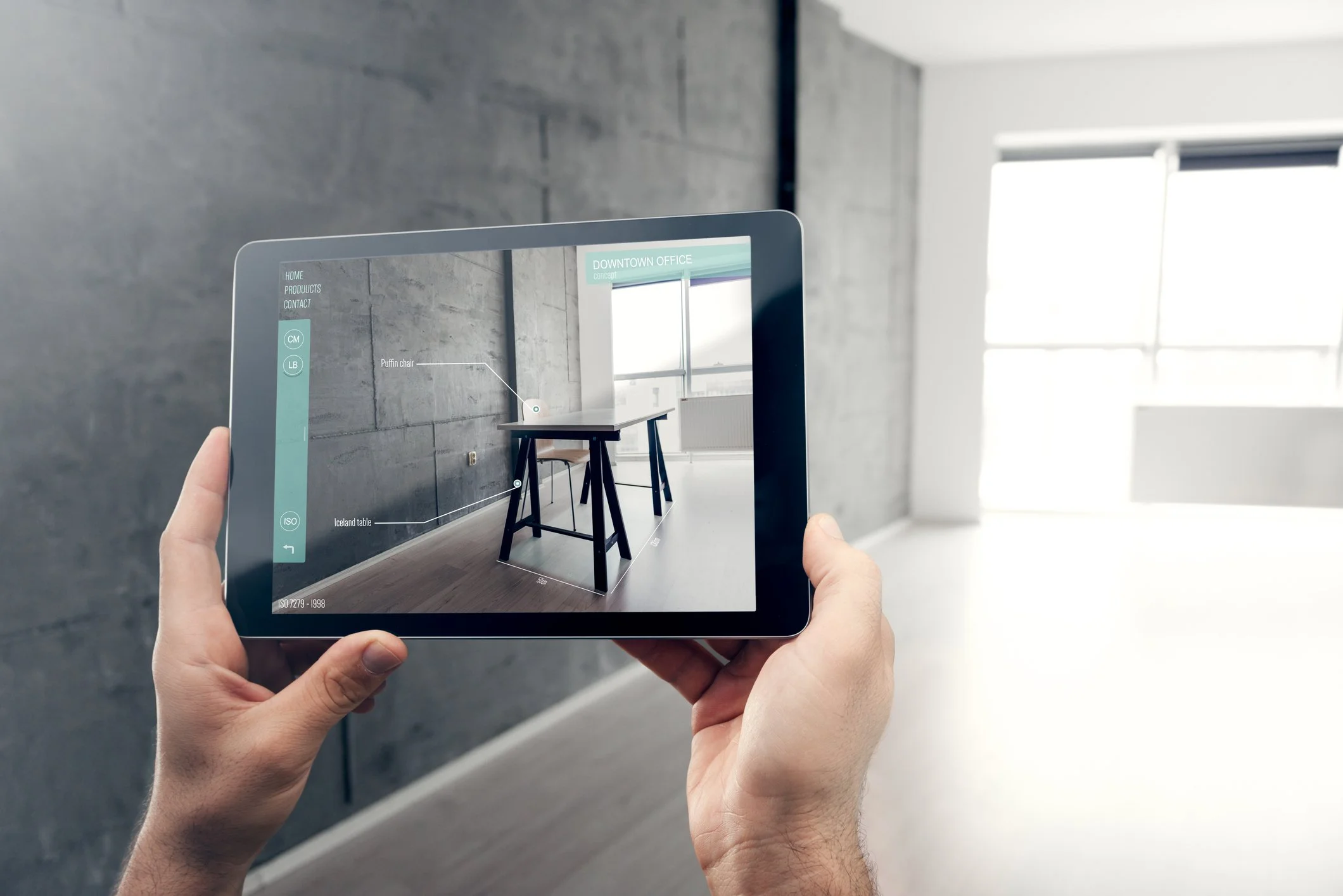AI in High End Interior Design: A New Frontier for Creativity and Efficiency
Image: https://blog.mipimworld.com/
It doesn’t matter what industry you work in, it’s likely you’ve heard all about artificial intelligence (AI). And while the spotlight has largely been on how AI can enhance pictures, be used in the finance industry, creatives are now utilising the power of AI to aid their design processes.
While AI may be a scary concept, it can be extremely beneficial especially to interior designers, design managers and more individuals and teams.
Let’s dive in.
How is Ai changing the way interior designers work?
AI has a lot of potential in the world of interior design, evolving in recent years to improve the way designers work. From concept creation through to analysis and insights, AI is paving the way for new possibilities and helping to shape the future of design by:
Helping designers create new ideas and inspiration – every interior designer knows that coming up with new ideas and concepts can be a challenge, but AI can help to kickstart the process. Design software and AI generators provide designers with plenty of inspiration and visualisations through analysing images, styles, trends, and data. This helps designers to get inspired with new ideas and concepts.
Provides analysis and insights – one great feature of AI is that it can analyse a lot of data and provide designers with in-depth insight about market trends, designs, and user preferences. Designers can use this to their advantage when making strategic decisions.
Helps to automate design – rather than sitting at a computer screen for hours designing a concept, AI can help to speed up the process – especially when it comes to creating layouts and prototypes.
Helps to automate feedback – if a designer has created a concept but isn’t sure about whether it works or not, AI can help give critiques and suggestions based on design principles and user preferences.
What benefits does AI offer to high-end interior designers and their clients?
AI has become a great option for many interior designers, including those working in the high end sector as it can help to automate a lot of the mundane processes that take the most time including floor planning and 3D rendering.
But what else can AI offer to those working in the high end sector?
Personalisation – it’s only natural that people want their homes to reflect their individual style and one impressive feature of AI is its ability to make personalised and bespoke recommendations based on a client’s preferences, space, and additional data.
A more efficient way of working – AI can automatically set interior designers up for success as it can help to generate detailed floor plans, lighting plans, and schedules, reducing time and effort and allowing interior designers to work more on the detail of the project with the client.
Material and Product recommendations – nowadays, there are so many products out there that come with a variety of material and customisation options. With AI it narrows down the selection process by giving automated product recommendations based on the client’s unique style, budget, and space considerations. Interior designers can quickly use this to make the right recommendations for their client, saving a lot of time and effort in the process.
Augmented Reality (AR) and Virtual Reality (VR) – clients can explore and interact with their spaces virtually by using AI software to generate realistic visualisations. This is fantastic for high end designers as it allows the client to really interact with the designs and understand what is trying to be achieved. This allows a more collaborative partnership between designer and client and can speed-up final production as decisions can be made quicker and more efficiently than on paper CADs.
What challenges do designers face when implementing AI in their projects?
AI can be a great way to kickstart your project, but designers do need to be mindful of AI tools as they are not always 100% accurate and can be subject to error. If the data in the AI generator is inaccurate, it will produce inaccurate results – which isn’t ideal for a client.
It’s important to be aware of this and take steps to mitigate any risks as and when they arise.
How can AI and human designers collaborate to enhance creative outcomes?
This year, AI has transformed the way it’s being used in interior design. It’s become an important part of any designer’s toolkit, contributing to unique insights, and enhancing the creative process at large.
Designers are utilising AI algorithms to make informed decisions based on datasets, identify new up and coming trends, and gain inspiration and insights therefore allowing for a more informed and forward-thinking approach to design.
Why is the human touch still essential in the age of AI-driven design?
For interior designers, the attraction of AI is a no-brainer. In fact, over 80% of industry leaders believe that AI will give the design industry a competitive edge, whether it’s through reduced costs, increased efficiencies, bespoke recommendations, or faster decision-making.
That being said, the human touch is still incredibly important. While some AI technologies are paramount in the industry, they will never replicate the human decision-making process, have the same level of insights, or offer the same level of service as a person can.
Imagine an AI program that managed the supply and installation of an interior project. The program could recommend a driver, a route, and vehicle to bring the equipment from the factory to the warehouse, and even coordinate tradespeople to work on the job.
But the AI model has inbuilt limitations. For example, it can’t account for unseen variables that deviate from historical data – a tradesperson who has had a family emergency for example. The AI program can handle current patterns and scenarios but doesn’t have the data to adapt to any changes should they arise.
This is why the human touch is still so incredibly important as it’s more flexible and adaptable.
Conclusion
While AI has a tonne of benefits, it’s important to find a designer that can use it to their advantage and not rely on it. Designers need to be selective about the tasks they assign to AI systems, reserving it for repetitive, rule-based tasks where the cost of failure is low, and the output can be higher.
If you’re interested in knowing more about how SP3 London can support you across your high end design project when it comes to design management and more, get in touch with us today.





